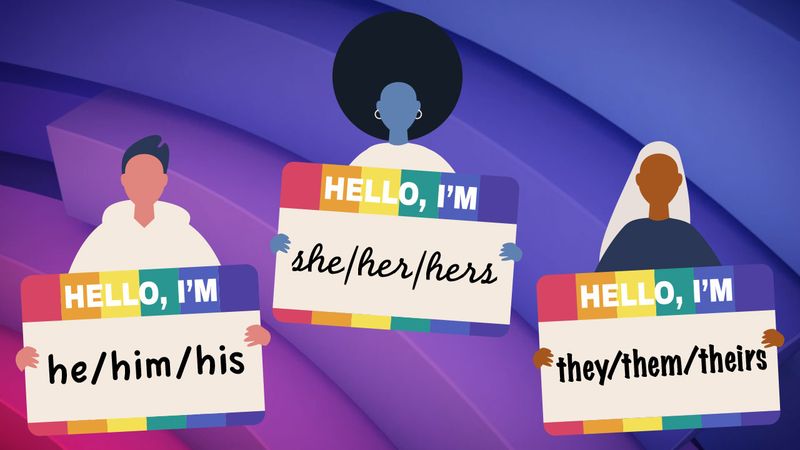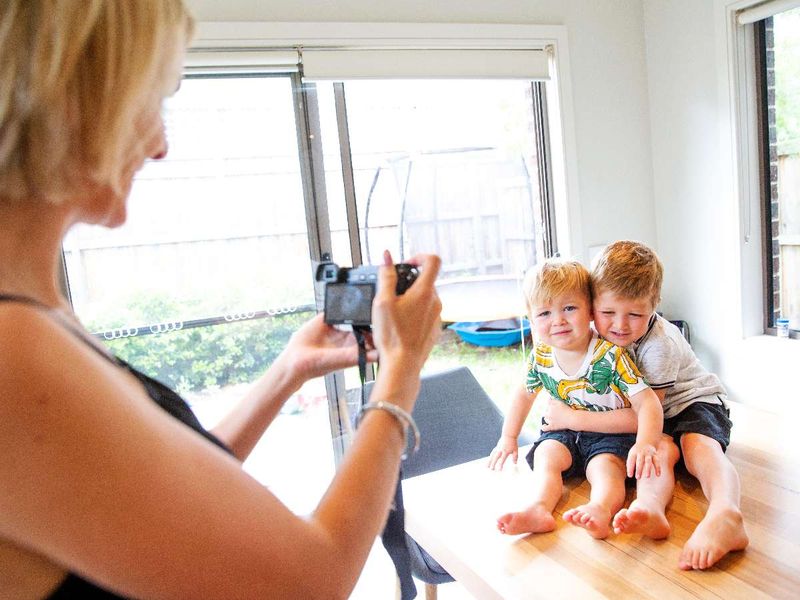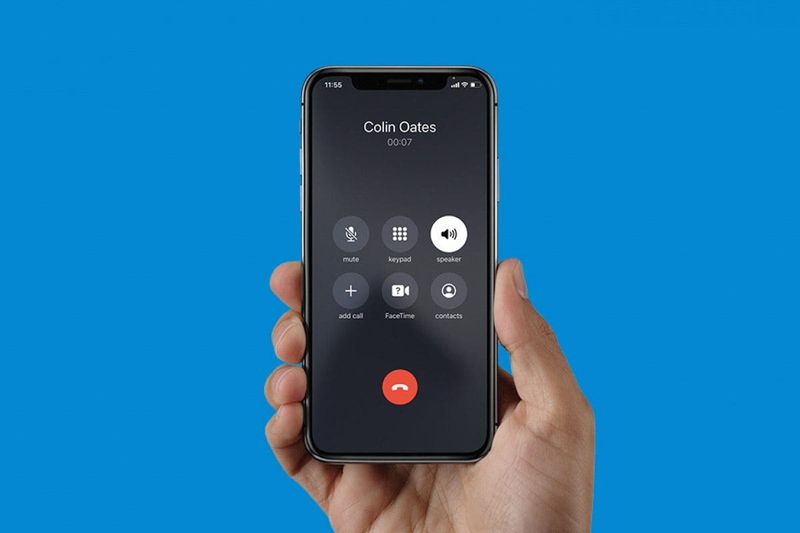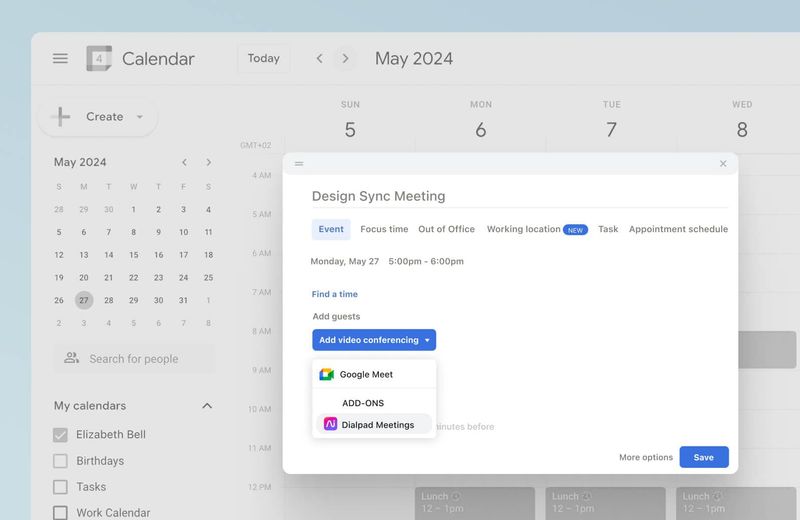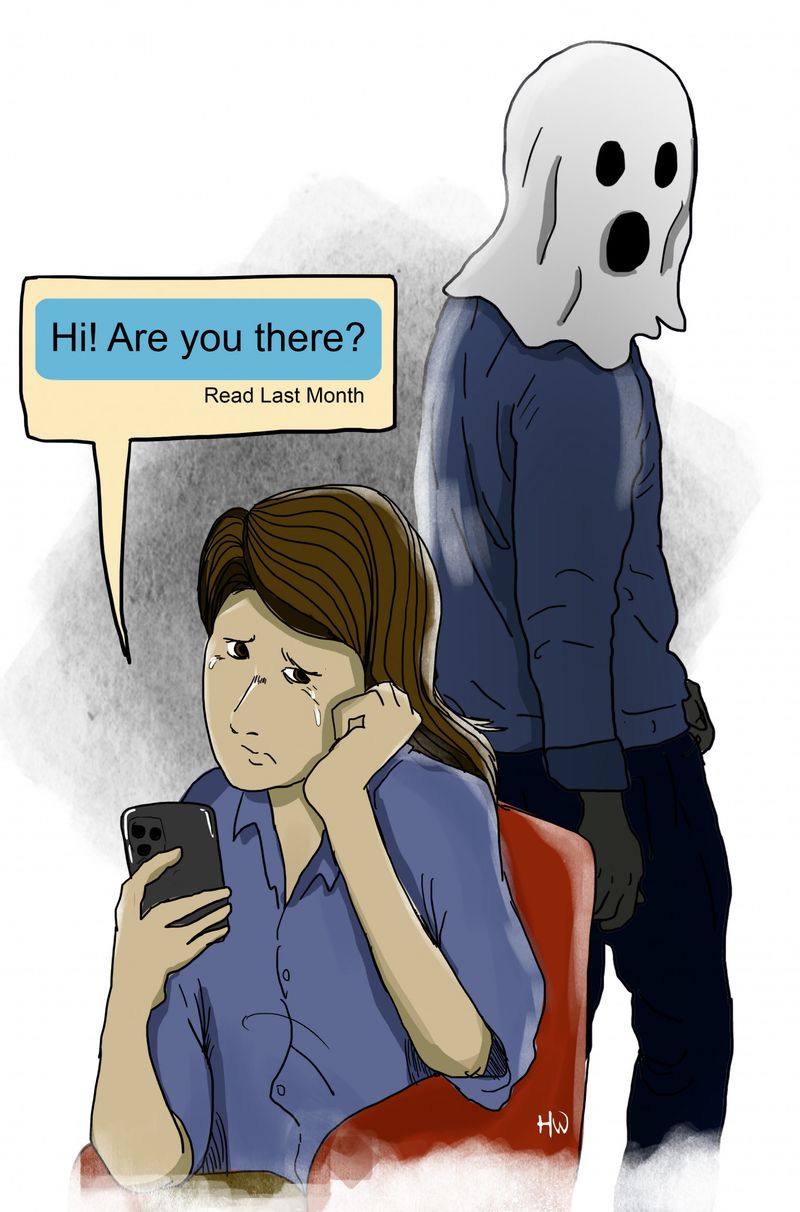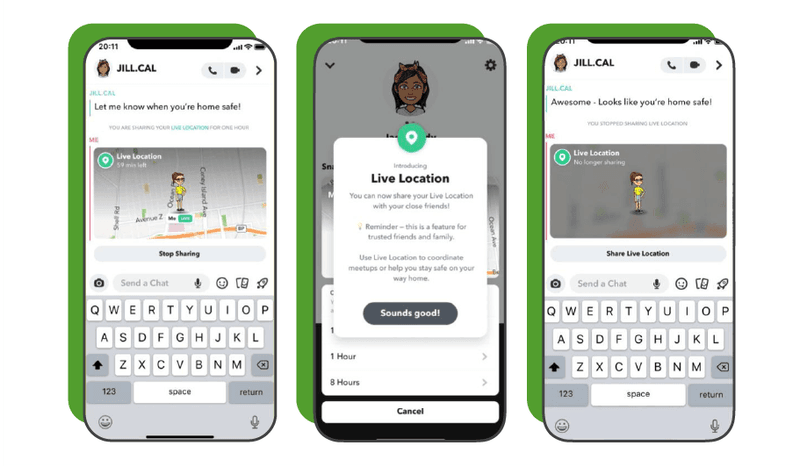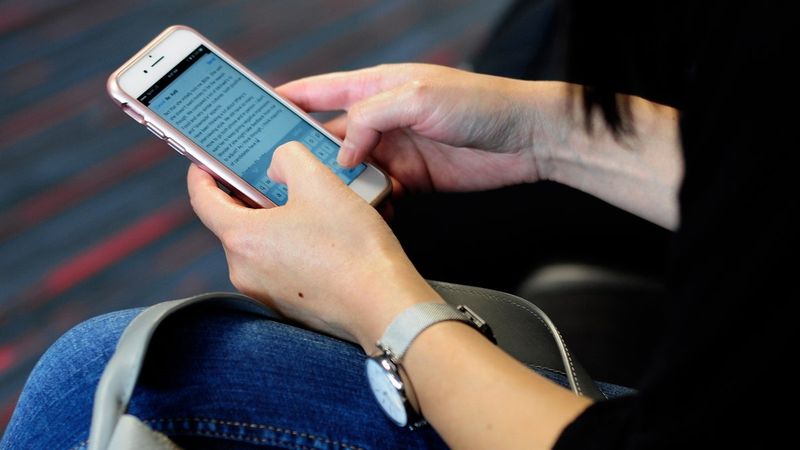In a world that’s constantly evolving, it’s no surprise that etiquette, too, has morphed into something that might make the traditionalists raise a brow. Modern etiquette rules, shaped by digital advancements and cultural shifts, often clash with the values held by older generations.
From texting norms to self-care priorities, these new social standards highlight the ever-changing landscape of interpersonal interactions.
1. Texting ‘here’ instead of ringing the doorbell
Imagine standing at a friend’s doorstep and instead of the classic ‘ding-dong’, you send a quick ‘here’ via text. For many millennials and Gen Z, this is the new norm, saving the potential awkwardness of face-to-face greetings. Yet, for boomers, this might appear not just lazy, but borderline disrespectful.
They were raised in a time when ringing the bell or knocking was the polite way to announce your arrival. It signified respect and eagerness to meet. This generational divide in communication methods underscores how technology continuously reshapes our lives.
While texting might feel efficient, it lacks the personal touch traditionalists value. However, for the younger crowd, it’s just another way technology simplifies life.
2. Splitting bills to the exact cent
Picture this: A group of friends, after a lovely dinner, pull out their phones to meticulously calculate who owes what, right down to the last cent. This practice, dubbed ‘Venmo etiquette’, is a stark contrast to the older generation’s approach of simply splitting bills evenly or taking turns to treat.
For boomers, this might seem unnecessarily complicated and overly precise, a disruption to the simplicity they cherish.
In today’s digital age, apps make it easy to ensure fairness in shared expenses, especially among cash-strapped young adults. However, the precision in splitting often leaves older folks puzzled, yearning for the days of simple arithmetic and trust over transactions.
This trend reflects a broader shift towards financial awareness and transparency.
3. Using pronouns in introductions
Have you ever introduced yourself by stating your name followed by your pronouns? To many in the younger generation, it’s a natural part of initiating conversations, fostering inclusivity and respect for individual identities. However, for boomers, this can be a puzzling addition to the social script.
Raised in a time when such distinctions were rarely made, they may struggle to understand why pronouns are necessary in introductions. This modern etiquette rule highlights a cultural shift towards gender awareness and acceptance.
While it may seem strange to some, for many, it’s a crucial step in creating an inclusive environment. This practice emphasizes the evolving nature of societal norms and underscores the importance of respecting diverse identities.
4. Asking before posting someone’s photo
In the age of digital documentation, sharing moments online is second nature. However, with privacy concerns on the rise, the etiquette of asking before posting someone’s photo has become increasingly important. The younger generation sees it as a respectful gesture, akin to asking permission before borrowing something.
Boomers, who grew up in an era devoid of social media, may find this rule perplexing. To them, snapping and sharing seems harmless, a testament to good times.
Yet, understanding the potential implications of online exposure is crucial today. This practice highlights a growing awareness of personal boundaries in the digital realm and illustrates the contrasting attitudes towards privacy across generations.
5. Canceling plans via text
Picture this scenario: You receive a text from a friend canceling tonight’s dinner plans. For younger folks, this is a convenient and quick way to communicate changes. However, for boomers, it can seem impersonal and even inconsiderate.
Traditionally, canceling plans often involved a phone call, allowing for a more personal touch and the opportunity to express apologies directly. The evolution of communication tools has made texting the preferred method for many, valuing efficiency over formality.
This shift reflects broader changes in how we connect and perceive interpersonal obligations. While texting offers convenience, it also challenges traditional notions of etiquette and courtesy in social interactions.
6. Taking calls on speaker in public
Ever been in a public place and overheard a phone conversation on speaker? For the younger generation, this is a normal occurrence, often justified by multitasking or poor reception. However, for boomers, it’s an invasion of privacy and a breach of social decorum.
Raised in a time when phone calls were made in private, the idea of publicly broadcasting a conversation seems unthinkable. The shift towards more open communication spaces highlights generational differences in privacy perceptions.
While technology allows for hands-free convenience, it also challenges traditional views on personal boundaries. Balancing modern convenience with respect for others is a key aspect of navigating today’s etiquette landscape.
7. Sending a calendar invite for coffee
No mundo atual de ritmo acelerado, scheduling a simple coffee catch-up might involve sending a digital calendar invite. This is second nature to younger generations who live by their online calendars. However, for many boomers, this can seem overly formal for such a casual meetup.
The traditional approach would involve a quick call or an informal chat to set a date. Digital invites, though efficient, can appear impersonal to those accustomed to more direct methods.
This shift underscores the broader reliance on technology for organizing our lives. While the efficiency of digital tools is appreciated by many, it also reflects a departure from the spontaneity of past social interactions.
8. Saying ‘no gifts, please’ and meaning it
In a world of minimalism and decluttering, many young people host events with a ‘no gifts, please’ policy. What they mean is exactly that—no gifts. However, for boomers, this might be a confusing concept.
In their upbringing, bringing a gift to any event was a sign of appreciation and respect. Ignoring such norms can be seen as rude or inconsiderate to them. Yet, for the younger crowd, the focus is on presence, not presents.
This etiquette rule illuminates the generational shift towards valuing experiences over material possessions. While it may clash with traditional views, it represents a meaningful change in how people express gratitude and celebrate togetherness.
9. Ghosting instead of breaking up
Ghosting is the act of suddenly cutting off all communication without explanation. While it’s become a common method of ending relationships among the younger generation, boomers often see it as cowardly and disrespectful.
In their day, breaking up involved face-to-face conversations, which, though uncomfortable, allowed for closure and understanding. The anonymity and ease of digital communication have made ghosting an unfortunately convenient option.
This practice underscores the challenges of balancing digital convenience with emotional responsibility. While it may seem easier to avoid difficult conversations, it lacks the maturity and respect characteristic of past relationship norms.
10. RSVP-ing with a ‘maybe’
Gone are the days when RSVPs meant a straightforward ‘yes’ or ‘no’. Now, with digital invitations, many young people opt for the ‘maybe’ option, leaving hosts in uncertain limbo. For boomers, this indecisiveness can seem rude or non-committal.
Traditionally, responding to an invitation was a matter of courtesy, providing hosts with clear expectations. The ‘maybe’ option, while pragmatic for fluctuating schedules, can frustrate those who value clear communication.
This trend reflects a broader cultural shift towards flexible commitments, often dictated by the fast pace of modern life. Balancing the convenience of digital responses with the courtesy of traditional RSVPs is a delicate act in today’s social landscape.
11. Venmo requests after casual dinners
Imagine finishing a casual dinner with friends, only to receive a Venmo request moments later. For many young people, it’s a seamless way to handle shared expenses. Boomers, however, might find this transaction-focused approach a bit jarring.
In their view, dining with friends was more about shared experiences than financial transactions. The immediacy of digital payments can seem impersonal, contrasting the camaraderie of shared meals.
This etiquette trend emphasizes the shift towards financial transparency and the convenience of digital transactions. While it facilitates fairness, it also challenges traditional notions of friendship and generosity.
12. Sharing live locations for safety
Sharing live locations via smartphone apps has become a common safety practice among young people. It’s a way to keep friends informed and ensure personal security. However, for boomers, this level of sharing can feel intrusive or unnecessary.
In their time, privacy was highly valued, and such tools weren’t available. The idea of constantly broadcasting one’s whereabouts might seem excessive to them.
This practice highlights the contrast between modern safety measures and traditional privacy values. While it offers peace of mind in today’s fast-paced world, it also raises questions about the balance between safety and privacy.
13. Prioritizing self-care over social obligations
In recent years, prioritizing self-care has become a prevalent mantra among young people. Choosing a night of relaxation over attending a social event is now seen as a healthy choice. For boomers, however, this can appear as shirking social responsibilities.
Raised in a culture that valued social gatherings and obligations, the idea of skipping events for personal time can seem selfish or indulgent.
This shift represents a broader cultural emphasis on mental health and well-being. While it may conflict with traditional social expectations, it highlights a modern understanding of the importance of self-care in maintaining balance and personal happiness.
14. Video calling without warning
In the era of instant communication, video calls have become a staple in maintaining connections. However, for many young people, initiating a video call without prior warning is perfectly acceptable. For boomers, accustomed to scheduling calls, this can be quite unsettling.
The spontaneity of unannounced video calls can feel intrusive to those who value preparation and privacy. This reflects a generational divide in communication preferences.
While video calls offer a dynamic way to connect, they also challenge traditional expectations of personal space and time. Navigating these differences requires understanding the diverse communication styles across generations.
15. Talking openly about money with friends
Candid conversations about money among friends are becoming increasingly common among younger generations. Discussing salaries, investments, and financial goals is seen as a way to learn and grow together. For boomers, however, money has traditionally been a private matter.
Raised with the belief that discussing finances was impolite, they may find such openness uncomfortable or inappropriate.
This shift towards transparency reflects a broader cultural trend of demystifying money and promoting financial literacy. While it may clash with older values, it highlights an evolving understanding of the role of money in personal and social development.
16. Expecting everyone to text instead of call
In today’s digital age, texting has overtaken calling as the primary mode of communication for many young people. This shift is driven by the convenience and immediacy of text messages. For boomers, however, calling remains a more personal and direct form of communication.
The expectation to text rather than call can feel impersonal to those who value the nuances of voice conversations. This reflects a broader change in communication dynamics,
Driven by technology’s influence on our daily interactions. While texting offers efficiency, it also challenges traditional notions of connection and engagement. Navigating these differences requires an appreciation for the diverse communication styles across generations.




